That Must Have Taken So Much Resilience And Deftness And I’m Sure It Was Very Intimidating To The Attacker
that must have taken so much resilience and deftness and i’m sure it was very intimidating to the attacker and I hope you were alright!!!
once i got shot with a crossbow, so i took the bolt out and stabbed the attacker with it
i think about that every godsdamned day
More Posts from In-pursuit-of-knowledge-blog and Others
a great ally, or perhaps a great threat.
what is a god to a scientist?
9 Ocean Facts You Likely Don’t Know, but Should
Earth is a place dominated by water, mainly oceans. It’s also a place our researchers study to understand life. Trillions of gallons of water flow freely across the surface of our blue-green planet. Ocean’s vibrant ecosystems impact our lives in many ways.
In celebration of World Oceans Day, here are a few things you might not know about these complex waterways.
1. Why is the ocean blue?

The way light is absorbed and scattered throughout the ocean determines which colors it takes on. Red, orange, yellow,and green light are absorbed quickly beneath the surface, leaving blue light to be scattered and reflected back. This causes us to see various blue and violet hues.
2. Want a good fishing spot?

Follow the phytoplankton! These small plant-like organisms are the beginning of the food web for most of the ocean. As phytoplankton grow and multiply, they are eaten by zooplankton, small fish and other animals. Larger animals then eat the smaller ones. The fishing industry identifies good spots by using ocean color images to locate areas rich in phytoplankton. Phytoplankton, as revealed by ocean color, frequently show scientists where ocean currents provide nutrients for plant growth.
3. The ocean is many colors.

When we look at the ocean from space, we see many different shades of blue. Using instruments that are more sensitive than the human eye, we can measure carefully the fantastic array of colors of the ocean. Different colors may reveal the presence and amount of phytoplankton, sediments and dissolved organic matter.
4. The ocean can be a dark place.
About 70 percent of the planet is ocean, with an average depth of more than 12,400 feet. Given that light doesn’t penetrate much deeper than 330 feet below the water’s surface (in the clearest water), most of our planet is in a perpetual state of darkness. Although dark, this part of the ocean still supports many forms of life, some of which are fed by sinking phytoplankton.
5. We study all aspects of ocean life.

Instruments on satellites in space, hundreds of kilometers above us, can measure many things about the sea: surface winds, sea surface temperature, water color, wave height, and height of the ocean surface.
6. In a gallon of average sea water, there is about ½ cup of salt.

The amount of salt varies depending on location. The Atlantic Ocean is saltier than the Pacific Ocean, for instance. Most of the salt in the ocean is the same kind of salt we put on our food: sodium chloride.
7. A single drop of sea water is teeming with life.

It will most likely have millions (yes, millions!) of bacteria and viruses, thousands of phytoplankton cells, and even some fish eggs, baby crabs, and small worms.
8. Where does Earth store freshwater?

Just 3.5 percent of Earth’s water is fresh—that is, with few salts in it. You can find Earth’s freshwater in our lakes, rivers, and streams, but don’t forget groundwater and glaciers. Over 68 percent of Earth’s freshwater is locked up in ice and glaciers. And another 30 percent is in groundwater.
9. Phytoplankton are the “lungs of the ocean”.

Just like forests are considered the “lungs of the earth”, phytoplankton is known for providing the same service in the ocean! They consume carbon dioxide, dissolved in the sunlit portion of the ocean, and produce about half of the world’s oxygen.
Want to learn more about how we study the ocean? Follow @NASAEarth on twitter.
Make sure to follow us on Tumblr for your regular dose of space: http://nasa.tumblr.com.


Something for my dad from the nature trade - a piece of Precambrian-era petrified wood! I thought he would enjoy it and he does, it’s a truly lovely little piece.


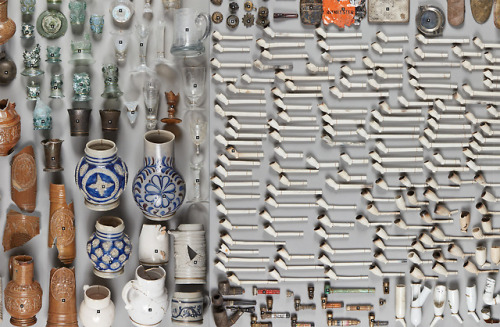

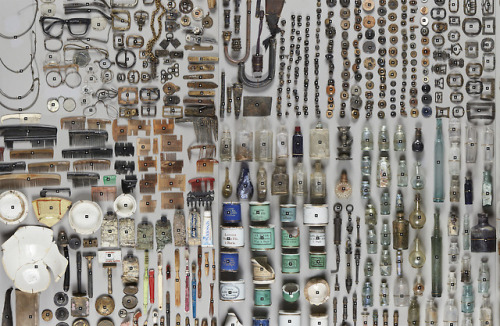
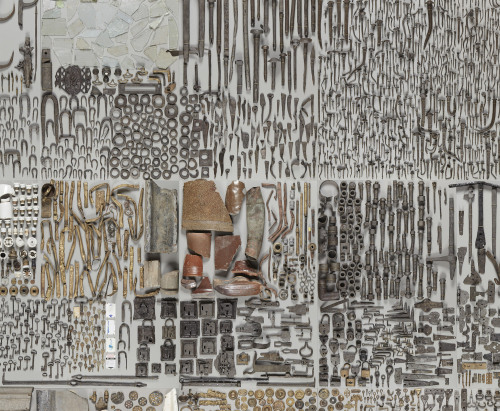
Dig into an Incredible Compendium of Objects Excavated from the Bottom of Amsterdam’s Amstel River
Academics
In popular culture: wear tweed/plaid/some sort of bland pattern; often in suits; pristine appearance, maybe with wild hair or ink stains; drink tea and coffee; constantly reading books for work and pleasure; erudite conversationalists; love what they do
Me: mostly wear sweatshirts and leggings with a messy bun because if no one needs to see me then screw getting into nice clothes; my blood is tea at this point; ink stains were surpassed long ago; spend a lot of time crying over theory texts and papers; eat a lot of ice cream and watch a lot of Netflix to avoid work; love what I do

This cheery little butterflyfish has a big job. He’s charged with snacking on tiny nuisance aiptasia anemones that crop up on the rocks in the cuttlefish exhibit. Note: this little guy is very good at its job!
What we all need to understand about AI in a nutshell:
There’s an algorithm that can reliably predict, from aggregate facebook posts, the onset of a manic episode in a person suffering from bipolar disorder – more reliably even, than a trained psychotherapist, who only has access to the information a patient provides them in therapy sessions.
“Won’t technology like that help people with bipolar disorder?”
Theoretically, it could. But this algorithm wasn’t designed to help people with bipolar disorder.
This algorithm was designed to sell plane tickets to Las Vegas.
[source]
Other dragons, mostly! Side-facing eyes offer a wider range of vision with which to watch the skies. Being caught off guard would most certainly not be good. Though in more recent times I’m sure it’s helped many a chromatic spot smaller would-be hunters. Metallics are less aggressive, but still need to defend themselves from territorial chromatics and the occaisional roc (though a wary dragon typically avoids nesting grounds). Besides, it’s fairly likely the side-facing eyes emerged in all dragons’ common ancestor before they diverged into color-categories.
A sudden, terrifying thought
When you see an animal with its eyes set to the front, like wolves, or humans, that’s usually a predator animal.
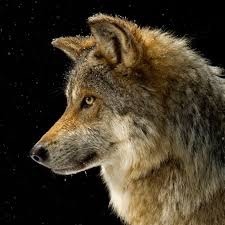
If you see an animal with its eyes set farther back, though—to the side—that animal is prey.

Now look at this dragon.
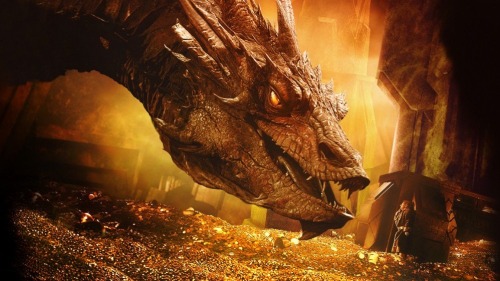
See those eyes?

They’re to the SIDE.
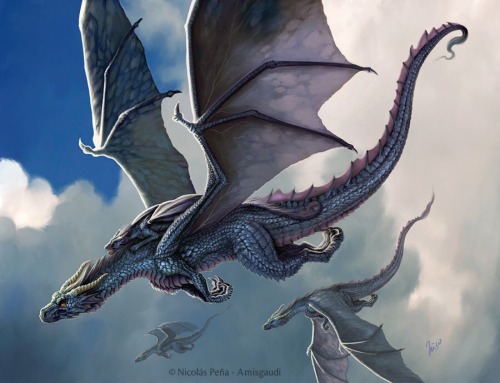
This raises an interesting—and terrifying—question.

What in the name of Lovecraft led evolution to consider DRAGONS…
As PREY?
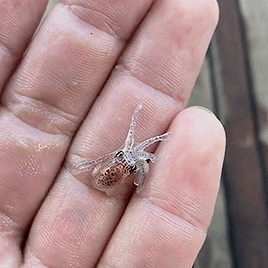
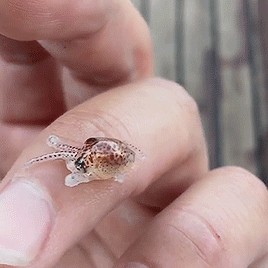
derin.goya.fishing on ig 🐙
-
 corvus69 liked this · 7 years ago
corvus69 liked this · 7 years ago -
 in-pursuit-of-knowledge-blog reblogged this · 7 years ago
in-pursuit-of-knowledge-blog reblogged this · 7 years ago -
 in-pursuit-of-knowledge-blog liked this · 7 years ago
in-pursuit-of-knowledge-blog liked this · 7 years ago
Once I was made of stardust. Now I am made of flesh and I can experience our agreed-upon reality and said reality is exciting and beautiful and terrifying and full of interesting things to compile on a blog! / 27 / ENTP / they-them / Divination Wizard / B.E.y.O.N.D. department of Research and Development / scientist / science enthusiast / [fantasyd20 character]
162 posts
